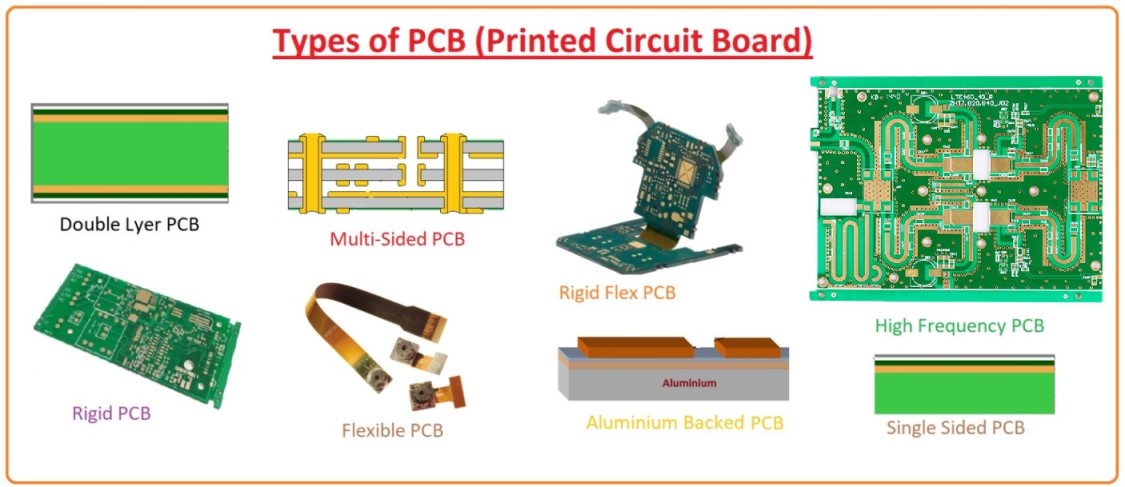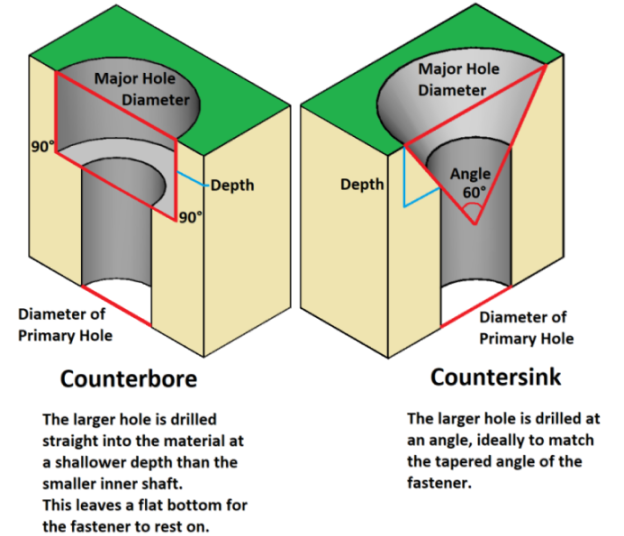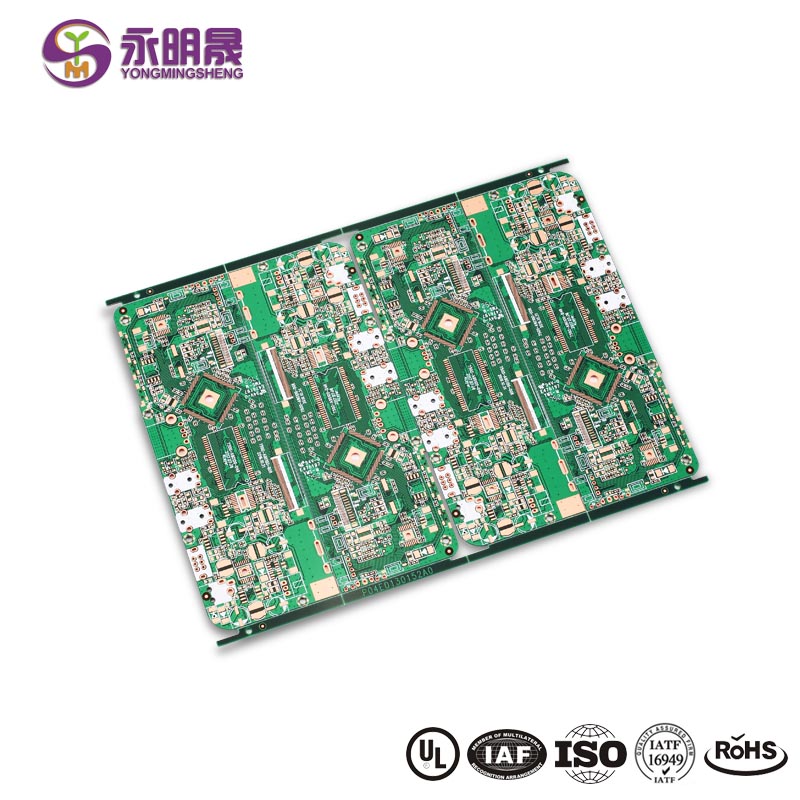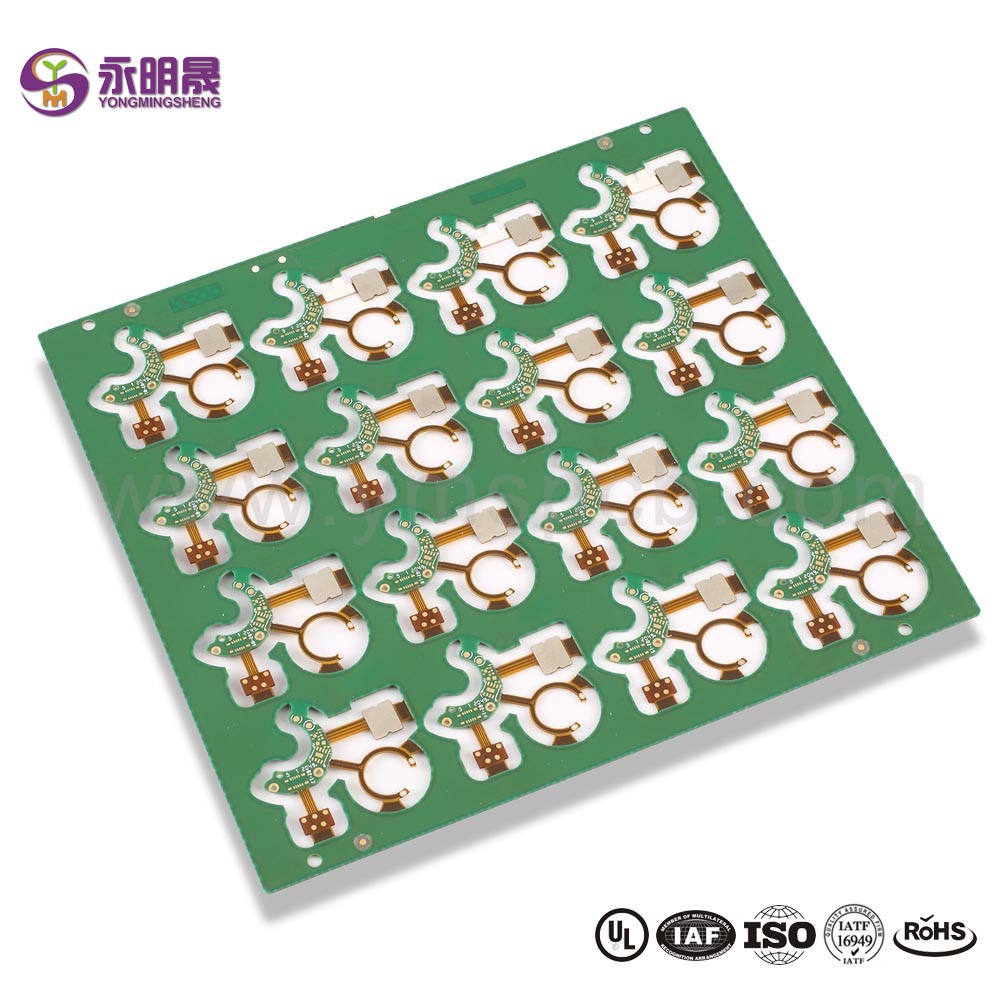Double sided pcb Normal pcb Lead free HASL Counterbore Manufacturer | YMS PCB
HAL(Lead Free), the full name is Hot Air leveling with Lead Free. Compared with HASL, the main difference for HAL(Lead Free) is the element of material which do not contain Lead(Pb), so it’s RoHS Compliant and it’s much more popular and widely used in PCB hana maʻamau .
HAL(Lead Free) requires higher run temperatures for lead free solder and longer contact time, the production cost for HAL(Lead Free) is slightly higher than HASL(Tin/Lead).
The manufacturing process of HAL(Lead Free) is similar to HASL(Tin/Lead), the circuit boards will be submersed in molten solder(Lead Free). This solder will cover all the exposed copper surfaces. Upon retraction from the solder, high pressure hot air is blown over the surface through air knives, this levels the solder deposit and removes the excess solder from the surface of printed circuit boards.
Ka Hoʻolaha Papa Kaapuni Paʻi
Papa Kaapuni Pa'i Ma'amau: Most PCBs for simple electronics are simple and composed of only a single layer. More sophisticated hardware such as computer graphics cards or motherboards can have 2 or multiple layers, sometimes up to twelve.
A printed circuit board (PCB) mechanically supports and electrically connects electrical or electronic components using conductive tracks, pads and other features etched from one or more sheet layers of copper laminated onto and/or between sheet layers of a non-conductive substrate. Components are generally soldered onto the PCB to both electrically connect and mechanically fasten them to it.PCBs can be single-sided (one copper layer), double-sided (two copper layers on both sides of one substrate layer), or multi-layer (outer and inner layers of copper, alternating with layers of substrate). Multi-layer PCBs allow for much higher component density, because circuit traces on the inner layers would otherwise take up surface space between components. The rise in popularity of multilayer PCBs with more than two, and especially with more than four, copper planes was concurrent with the adoption of surface mount technology.
What is the difference between a Countersink and a Counterbore?
ʻO nā pono hana YMS PCB maʻamau:
| YMS Nānā PCB hana maʻamau nānā ākea | ||
| Hiʻona | nā hiki | |
| Helu Layer | 1-60L | |
| Loaʻa ʻenehana ʻenehana PCB maʻamau | Ma o ka lua me Aspect Ratio 16: 1 | |
| kanu ʻia a makapō ma | ||
| ʻano huila | Nā Pono Frequency High e like me RO4350B a me FR4 Mix etc. | |
| Nā mea kiʻekiʻe kiʻekiʻe e like me M7NE a me FR4 Mix etc. | ||
| Mea Pono | CEM- | CEM-1; CEM-2 ; CEM-4 ; CEM-5.etc |
| FR4 | EM827, 370HR, S1000-2, IT180A, IT158, S1000 / S1155, R1566W, EM285, TU862HF, NP170G etc. | |
| Wikiwiki | Megtron6, Megtron4, Megtron7, TU872SLK, FR408HR, N4000-13 Series, MW4000, MW2000, TU933 etc. | |
| Frequency kiʻekiʻe | Ro3003, Ro3006, Ro4350B, Ro4360G2, Ro4835, CLTE, Genclad, RF35, FastRise27 etc. | |
| ʻO haʻi ʻē aʻe | Polyimide, Tk, LCP, BT, C-ply, Fradflex, Omega, ZBC2000, PEEK, PTFE, hoʻokumu pālolo etc. | |
| Mānoanoa | 0.3mm-8mm | |
| Mākoʻo Max.copper | 10OZ | |
| Ka laina liʻiliʻi loa a me ka lewa | 0.05mm / 0.05mm (2mil / 2mil) | |
| BGA PITCH | 0.35mm | |
| Min mīkini ʻeli ka nui | 0.15mm (6mil) | |
| Lākiō hiʻohiʻona no ma o ka puka | 16 : 1 | |
| ʻIli Pau | HASL, Alakai manuahi HASL, ENIG, Immersion Tin, OSP, Immersion Silver, Gold Finger, Electroplating Hard Gold, Selective OSP, ENEPIG.etc. | |
| Via Hoʻopiha Hoʻopiha | Hoʻopili ʻia ka via a hoʻopihapiha ʻia me kekahi epoxy conductive a i ʻole non-conductive a laila kāpili ʻia a plated ma luna (VIPPO) | |
| Piha keleawe, hoʻopiha kālā | ||
| Kakau inoa | ± 4milā | |
| Makakiʻi paukū | ʻŌmaʻomaʻo, ʻulaʻula, melemele, polū, keʻokeʻo, ʻeleʻele, poni, Matte ʻeleʻele, Matte ʻōmaʻomaʻo. | |
Makemake ʻoe:
1, Summary of matters needing attention in circuit board welding
4、He aha ka hoʻokolohua papa ʻaʻohe?
5. He aha ka hoʻolālā PCB kiʻekiʻe
E aʻo hou aʻe e pili ana i nā huahana YMS












